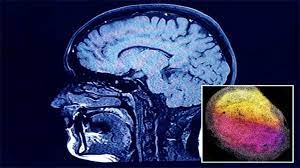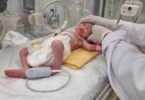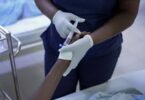Monitoring Desk
Stockholm: Scientists have developed lab-grown “minibrains” from human foetal brain tissue for the first time.
The tiny organoids — the size of a grain of rice — mimic how full-size brains work, offering “exciting” possibilities for new treatments, Dutch researchers said.
They will allow researchers to study how the brain develops, which could help with diseases and conditions linked to brain development — including deadly brain tumours.
Professor Hans Clevers, of the Hubrecht Institute, said: “With our study, we’re making an important contribution to the organoid and brain research fields.
“Until now, we were able to derive organoids from most human organs, but not from the brain — it’s really exciting that we’ve now been able to jump that hurdle as well.”
Around 16,000 Brits are diagnosed with a brain tumour every year, with around 2,400 dying.
Current treatments include surgery, radiotherapy and chemotherapy, but researchers are always on the lookout for new developments that could lead to breakthrough medications.
Researchers first developed human gut organoids in 2011 and since then “ it’s been great to see that the technology has really taken off”, Professor Clevers said.
He said: “Organoids have since been developed for almost all tissues in the human body, both healthy and diseased — including an increasing number of childhood tumours.”
The latest development, published in Cell, saw brain organoids developed from human tissues in a world first.
Researchers used small pieces of foetal brain tissue — grown in the womb — to build the miniorgans.
This differed to how they developed other miniorgans like the gut, which used individual cells instead.
They found the pieces of foetal brain tissue was able to “self organise” into organoids.
The organoids kept characteristics from the part of the brain from which the tissue came from.
Dr Delilah Hendriks of the Princess Maxima Centre said: “These organoids can offer novel insights into what shapes the different regions of the brain.
“We hope to learn from the models to decode the complexity of the human brain.”
She added: “Being able to keep growing and using the brain organoids from foetal tissue also means that we can learn as much as possible from such precious material.
“We’re excited to explore the use of these novel tissue organoids for new discoveries about the human brain.”







